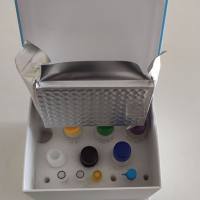Introduction to Nucleocytoplasmic Transport: Molecules and Mechanisms
互联网
互联网
相关产品推荐

Recombinant-Candida-albicans-Iron-transport-multicopper-oxidase-FET3FET3Iron transport multicopper oxidase FET3 EC= 1.-.-.-
¥14154

Human soluble adhesion molecules,Sam ELISA Kit
¥2890

Recombinant-Aliivibrio-salmonicida-Electron-transport-complex-protein-RnfDrnfDElectron transport complex protein RnfD
¥11900

Recombinant-Deinococcus-radiodurans-C4-dicarboxylate-transport-proteindctAC4-dicarboxylate transport protein
¥12712

Recombinant-Lactococcus-lactis-subsp-lactis-Lactococcin-transportprocessing-ATP-binding-protein-LcnC-likelcnCLactococcin transport/processing ATP-binding protein LcnC-like EC= 3.4.22.-
¥15134

